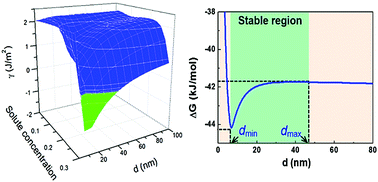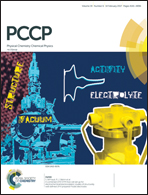The thermal stability of the nanograin structure in a weak solute segregation system
Abstract
A hybrid model that combines first principles calculations and thermodynamic evaluation was developed to describe the thermal stability of a nanocrystalline solid solution with weak segregation. The dependence of the solute segregation behavior on the electronic structure, solute concentration, grain size and temperature was demonstrated, using the nanocrystalline Cu–Zn system as an example. The modeling results show that the segregation energy changes with the solute concentration in a form of nonmonotonic function. The change in the total Gibbs free energy indicates that at a constant solute concentration and a given temperature, a nanocrystalline structure can remain stable when the initial grain size is controlled in a critical range. In experiments, dense nanocrystalline Cu–Zn alloy bulk was prepared, and a series of annealing experiments were performed to examine the thermal stability of the nanograins. The experimental measurements confirmed the model predictions that with a certain solute concentration, a state of steady nanograin growth can be achieved at high temperatures when the initial grain size is controlled in a critical range. The present work proposes that in weak solute segregation systems, the nanograin structure can be kept thermally stable by adjusting the solute concentration and initial grain size.



 Please wait while we load your content...
Please wait while we load your content...